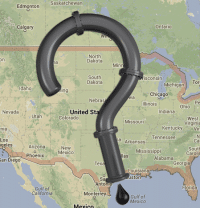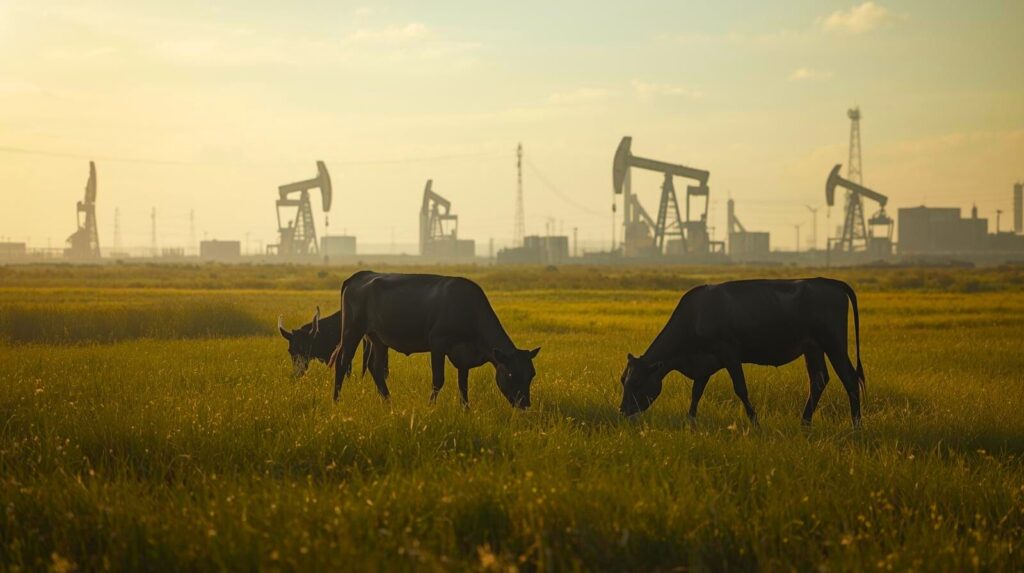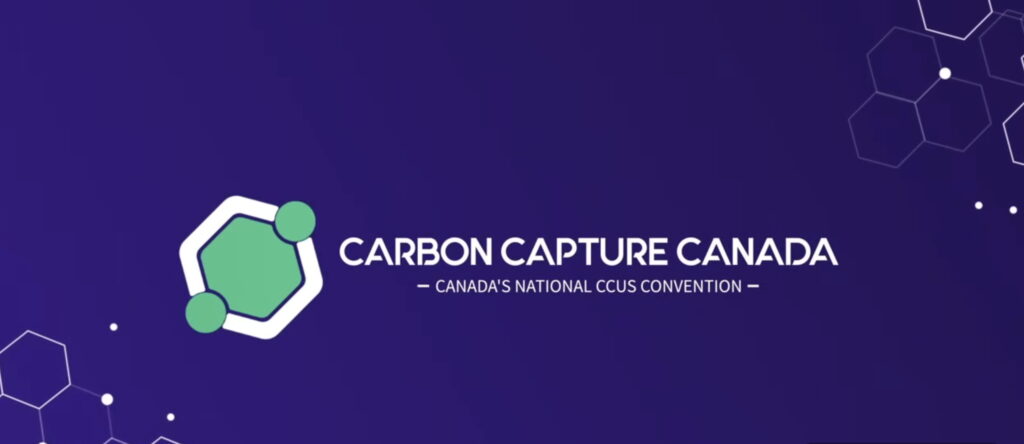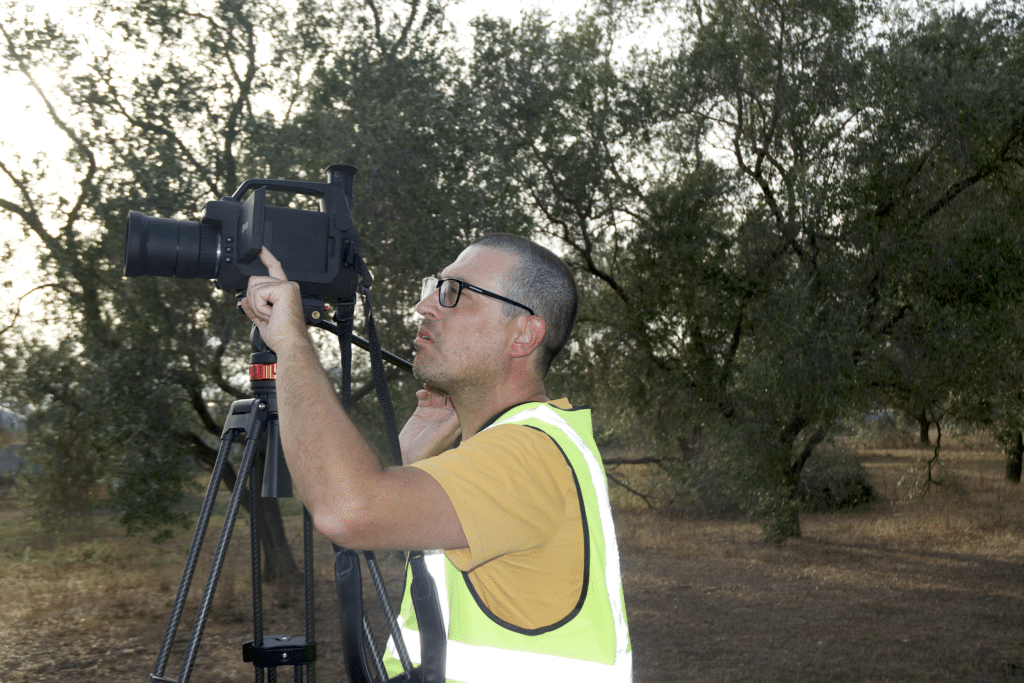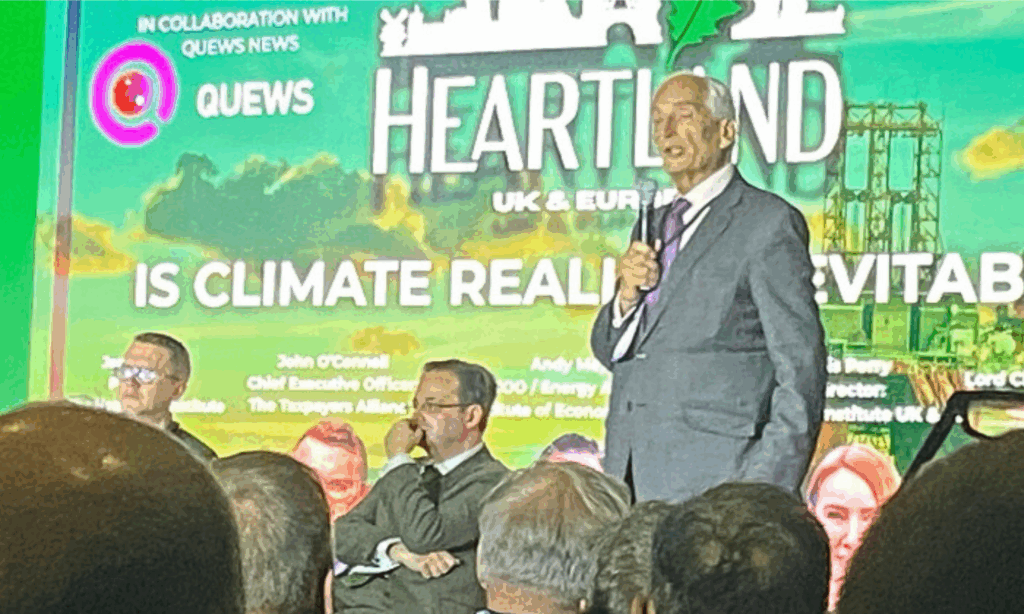The State Department’s decision to hand over control to the oil industry to evaluate its own environmental performance on the proposed Keystone XL tar sands pipeline has led to a colossal oversight.
Neither Secretary of State John Kerry nor President Barack Obama could tell you the exact route that the pipeline would travel through countless neighborhoods, farms, waterways and scenic areas between Alberta’s tar sands and oil refineries on the U.S. Gulf Coast.
A letter from the State Department denying an information request to a California man confirms that the exact route of the Keystone XL export pipeline remains a mystery, as DeSmog recently revealed.
Generic maps exist on both the State Department and TransCanada websites, but maps with precise GIS data remain the proprietary information of TransCanada and its chosen oil industry contractors.
Thomas Bachand, a San Francisco-based photographer, author, and web developer discovered this the hard way. A year and a half after he first filed a Freedom of Information Act (FOIA) request seeking the GIS data for his Keystone Mapping Project, Mr. Bachand received a troubling response from the State Department denying his request.
In the letter, the State Department admits that it doesn’t have any idea about the exact pipeline route – and that it never asked for the basic mapping data to evaluate the potential impacts of the pipeline.
Where will KXL intersect rivers or cross ponds that provide drinking water? What prized hunting grounds and fishing holes might be ruined by a spill? How can communities prepare for possible incidents?
The U.S. State Department seems confident in letting the tar sands industry – led in this instance by TransCanada, whose notorious track record with Keystone 1 includes more than a dozen spills in its first year of operation – place its pipeline wherever it wishes.
“[State] does not have copies of records responsive to your request because the Environmental Impact Statement for the Keystone pipeline project was created by Cardno ENTRIX under a contract financed by TransCanada Keystone Pipeline LP, and not the U.S. government,” reads the State Department’s letter denying Bachand’s information request.
“Neither Cardno ENTRIX nor TransCanada ever submitted GIS information to the Department of State, nor was either corporation required to do so. The information that you request, if it exists, is therefore neither physically nor constructively under the control of the Department of State and we are therefore unable to comply with your FOIA request.”
As Mr. Bachand pointed out in a July 3 blog post: “Without this digital mapping information, the Keystone XL’s Final Environmental Impact Statement (FEIS) and Supplemental Environmental Impact Statement (SEIS) are incomplete and cannot be evaluated for environmental impacts.”
When Mr. Bachand asked TransCanada for GIS data, the company said it couldn’t supply it due to “national security” concerns.
Mr. Bachand’s failed attempt to obtain basic information on the pipeline route exemplifies the recurring problems with the Obama State Department’s botched review of the environmental and climate impacts of the Keystone XL pipeline: huge information gaps, conflicts of interest, industry lobbying muscle and bureaucratic bungling of the process.
As it turns out, TransCanada and its contractors have complete control over critical aspects of the review process, calling into question what else we don’t know thanks to the Obama administration’s poor handling of the most controversial pipeline decision in recent history.
API Dues-Paying Member Did Latest SEIS
The State Department handed over responsibility for preparing the Supplemental Environmental Impact Statement (SEIS) to an American Petroleum Institute (API) dues-paying member, Environmental Resources Management, Inc. (ERM Group) – a firm with historic ties to Big Tobacco, as well as two other Big Oil-tied contractors.
State originally redacted the biography of one of the co-authors of the environmental study, Andrew Bielakowski, who had worked on three previous TransCanada-sponsored studies for ERM Group. Adding to the scandal, ERM has a history of rubber-stamping ecologically hazardous pipelines, including two high-profile projects in the Caspian Sea and in Peru.
Since TransCanada’s June 2008 Keystone XL proposal, API has spent over $22 million lobbying at the federal level for the pipeline and tar sands expansion. Furthermore, two of API‘s lobbyists tasked to do KXL influence peddling also have close ties to the Obama Administration.
Marty Durbin, the nephew of U.S. Sen. Dick Durbin (D-IL), formerly lobbied for API on behalf of Keystone XL. Durbin was President Obama’s former U.S. Senate colleague from Illinois before Obama won the presidency in 2008.
API also hired Ogilvy Government Relations to lobby for Keystone XL in 2012, and one of Ogilvy’s key hired guns lobbying on behalf of API on KXL is Moses Mercado. In addition to serving as a key aide to Obama’s 2008 presidential campaign and as a super delegate representing Texas for the 2008 Democratic National Convention, Mercado also served as campaign director in New Mexico for Secretary of State John Kerry’s 2004 presidential campaign.
Unresolved Questions Plague State Department Review
Thomas Bachand asked all the right questions in his blog post reacting to the denial of his FOIA requesting the GIS route data.
“Did the DOS, TransCanada, and Cardno ENTRIX all fail to perform due diligence in this case only – or is this standard operating procedure?,” he asked. “Why hasn’t TransCanada supplied, Cardno ENTRIX seen fit to include, or the DOS requested, electronic data of such national importance? How does the DOS evaluate such national security, economic, and environmental interests without the electronic data?”
These are important questions that Secretary Kerry, and ultimately President Obama, must answer. The fact that neither man has any clue where TransCanada intends to place the Keystone XL pipeline is a troubling revelation that demands immediate and thorough scrutiny.
Without this basic information on where the pipeline would be located, how can the State Department and the White House form an educated analysis of the potential impacts of a tar sands dilbit spill in a neighborhood like Mayflower, Arkansas?
How many schools, backyards, drinking water sources and treasured fishing and hunting spots might be in danger of being ruined by a spill? The answer is, nobody knows, except the oil industry.
Imagine that concerned citizens in northern states hadn’t raised their voices to question TransCanada’s intention to run the pipeline across the heart of the Ogallala Aquifer, their drinking water supply and the spigot for huge swaths of American agriculture. What else wouldn’t we learn about the potentially devastating impacts of the Keystone XL pipeline?
Keystone XL is not only a dangerous gamble with our health and climate, it is also turning out to be a great example of the oil industry’s iron grip on our democracy.
Subscribe to our newsletter
Stay up to date with DeSmog news and alerts


